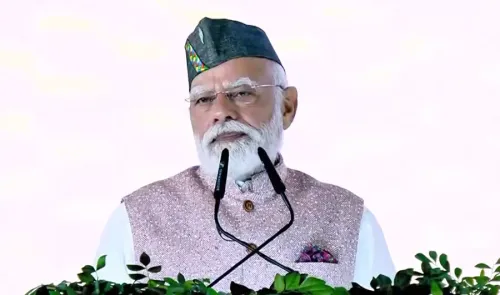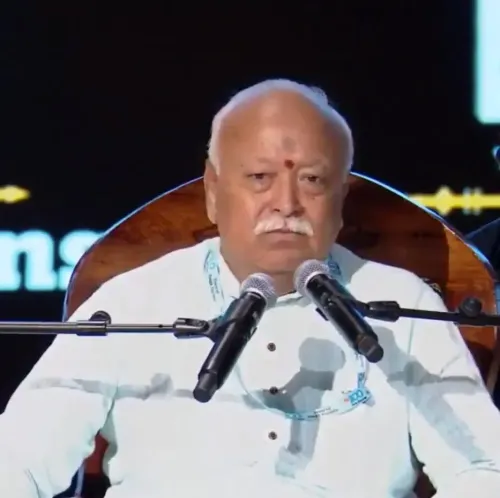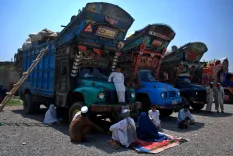Should Chennai’s reservoirs remain full while TN seeks halt in Krishna water release?

Synopsis
Key Takeaways
- Reservoirs are at 85% capacity, ensuring adequate water supply.
- Request to stop Krishna water release aims to prevent wastage.
- Monitoring of water levels is ongoing during the northeast monsoon.
- Next Krishna water release phase expected between January and April.
- Collaboration between states is crucial for effective water management.
Chennai, Nov 9 (NationPress) As the city’s four primary reservoirs are almost full, the Water Resources Department (WRD) has formally appealed to the Andhra Pradesh government to cease the release of Krishna water from the Kandaleru dam to avert wastage.
WRD representatives indicated that Chennai has received approximately 3.7 thousand million cubic feet (tmcft) of Krishna water from July to October under the inter-state water-sharing agreement. The initial supply was intended to be 12 tmcft, but this was reduced as local reservoirs were already sufficiently filled due to favorable southwest monsoon rains preceding the northeast monsoon.
“Before the northeast monsoon began, the city had adequate storage, requiring only about 3 tmcft of Krishna water,” stated a senior WRD official.
Over the four-month period, water was released at an average flow of 300 to 400 cusecs from the Kandaleru dam. Additionally, recent local rains have caused the Poondi, Red Hills, and Chembarambakkam reservoirs to experience surplus outflow.
“To prevent unnecessary inflow and potential overflow, the discharge from Andhra Pradesh has been temporarily halted,” the official remarked.
The subsequent phase of Krishna water release, according to the bilateral agreement, is anticipated between January and April. WRD officials noted that a new request for supply will be contingent on rainfall patterns and reservoir levels at that time.
“If sufficient storage persists, the second phase may be postponed,” they indicated.
Currently, the city’s reservoirs are 85 percent full, collectively containing 11 tmcft of water against a total capacity of 13 tmcft. These storage levels are deemed adequate to fulfill Chennai’s drinking water requirements for the upcoming months, even if rainfall diminishes later in the season.
Following heavy rainfall in the catchment areas over the past few days, the WRD has released water from the city’s reservoirs to maintain safe levels: 2,000 cusecs from Poondi, 709 cusecs from Red Hills, and 493 cusecs from Chembarambakkam.
Officials remarked that the situation is being closely monitored to ensure optimal storage and safe outflow management during the ongoing northeast monsoon.









